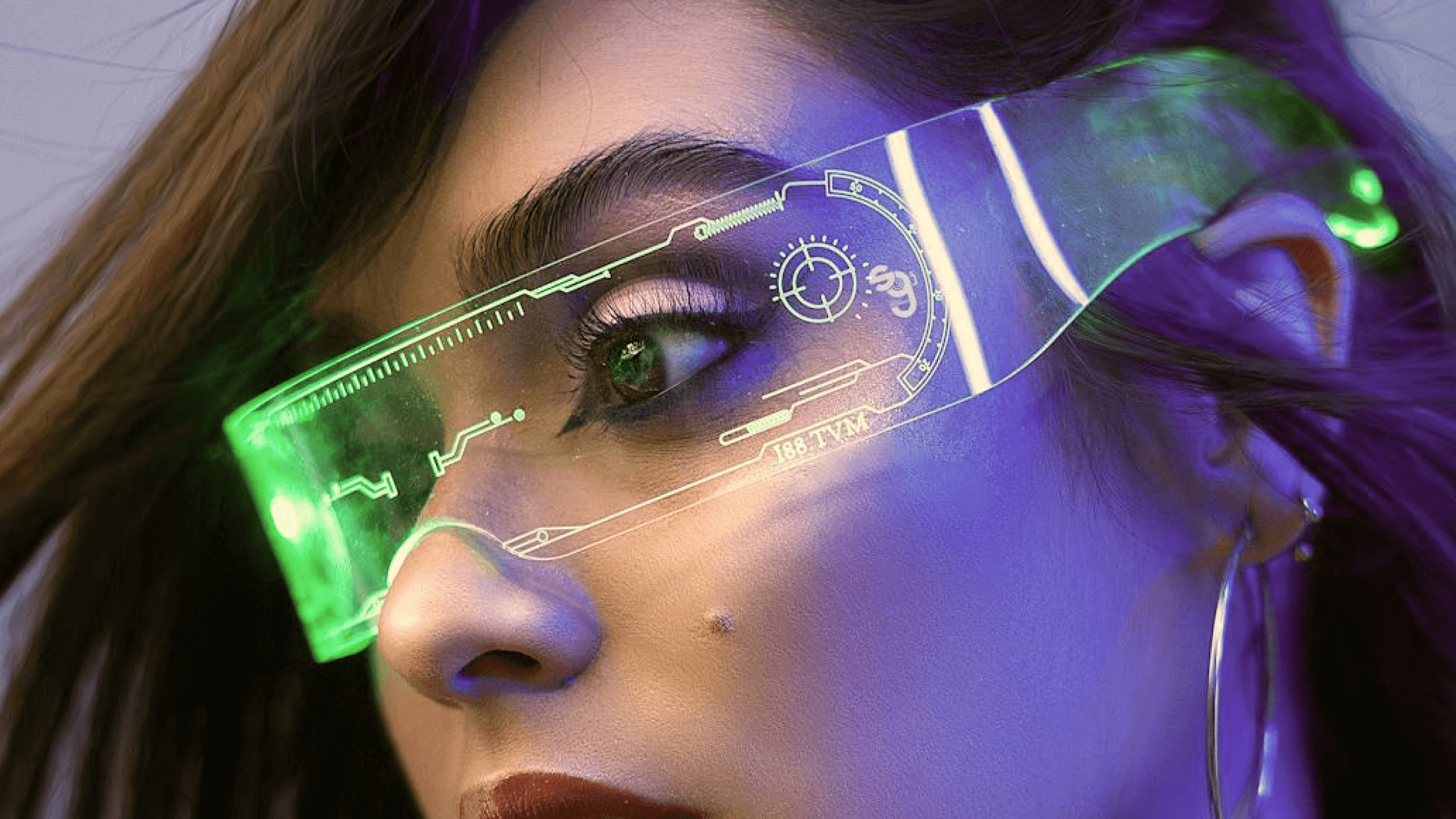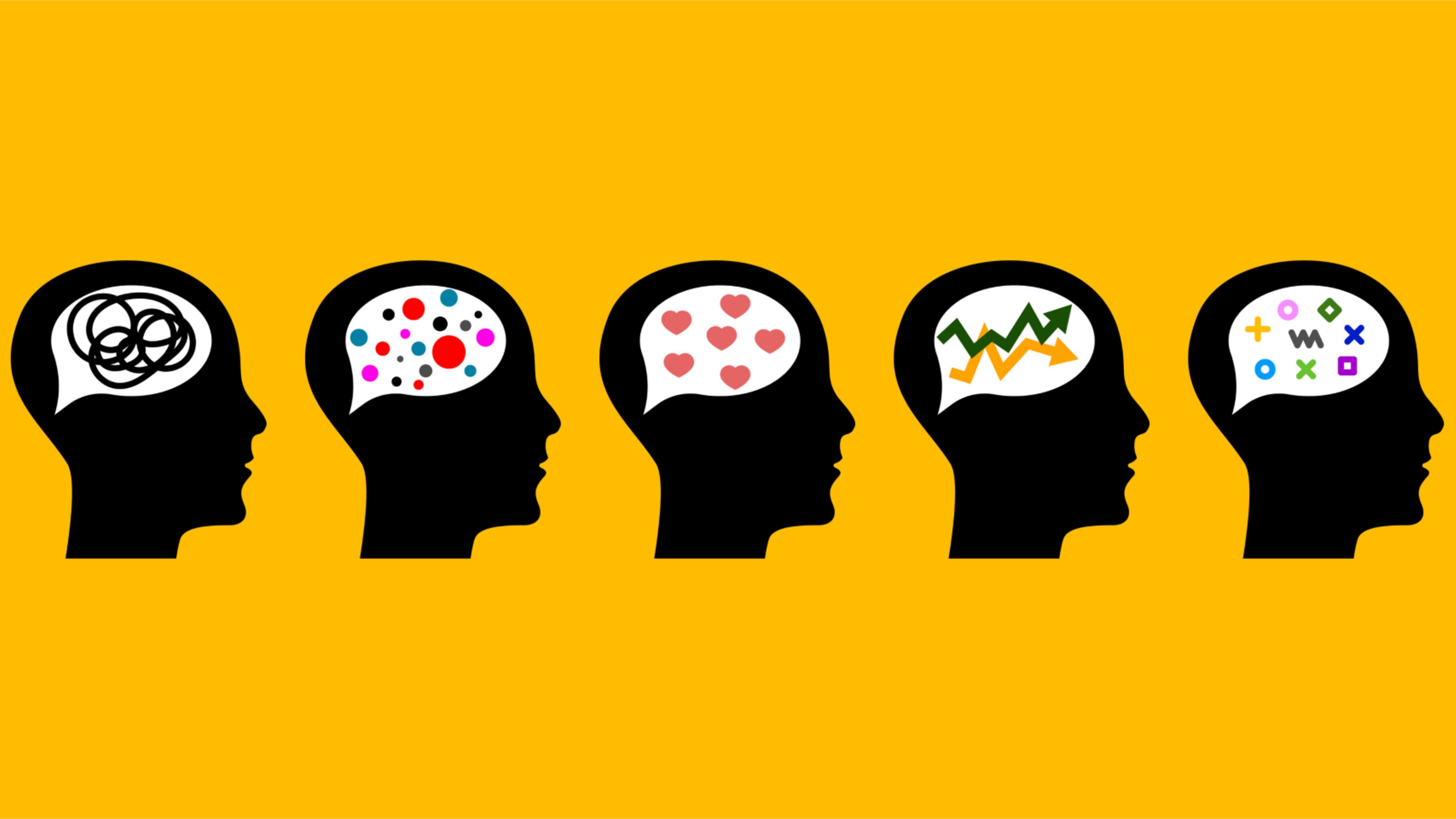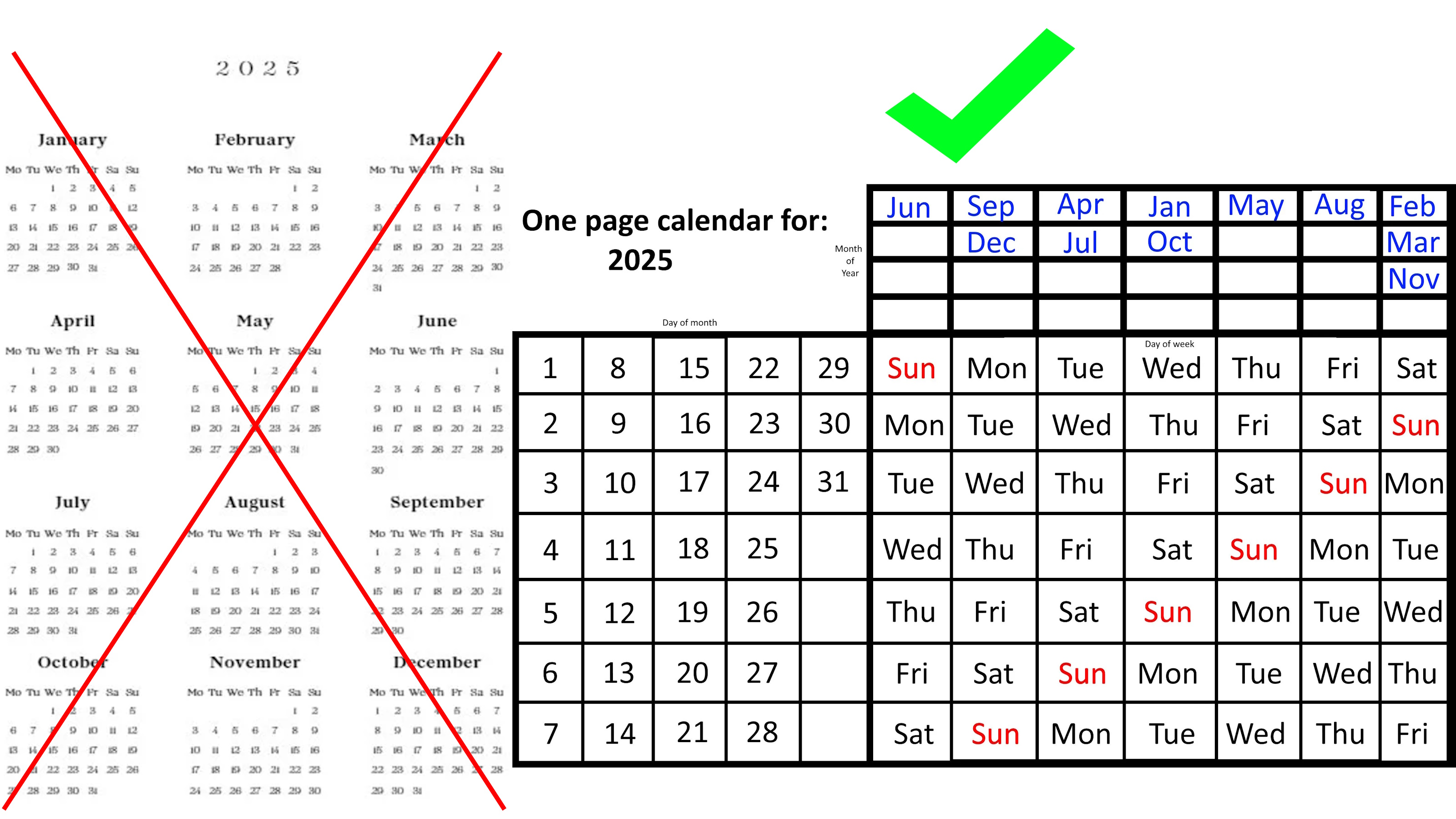Geoff Wardle and Dave Meyers put together an organization that promotes openness and collaboration.
Question: Where did the idea for Futurama 2.0 come from?
Geoff Wardle: I withdrew from the automobile industry and was lucky enough to get involved in full-time design education, transportation design, which gave me room to think about the bigger picture of transportation. Then later on, I met with Dave. We were both working at Arts Center, we got involved with setting up a series of sustainable mobility summits at Arts Center, and the three of us decided that we needed to bring a lot of people together to talk about these issues of sustainable mobility. And in that process, which was a lot of fun and extremely interesting, we got to meet some extraordinary people both in transportation and experts in sustainability and within the government as well.
As a result of that, Dave and I were invited to go and testify before Congress in December 2008, at a House Select Committee on Energy and Dependence and Global Warming. The conversation was about whether or not to bail Detroit out, which was a hot topic at the time. And our testimony essentially was that, before you could decide what to do with the car industry, you really needed to have a long-term vision of what the whole transportation landscape was going to be in the U.S. to decide whether the car industry had any major relevant part to play in that. That’s the testimony we delivered, but it was very clear to us that actually the conversations going on around at the time were about whether cars should do 35 mpg instead of 27.5 mpg. So, we were a little bit dismayed at that, but we decided we needed to do something about this and we decided we needed to add some more far-reaching conversation into this whole topic.
We decided essentially to take our testimony and develop a white paper and as we did that, we realized that it was actually a huge task and rather than just talk about it we decided we’d take the bull by the horns and set up ongoing transportation to work on what we called the Futurama 2.0 Project.
Question: Who are the players that need to collaborate right now?
Geoff Wardle: Well, we’ve identified a large number of players who need to take part in that because the future of transportation, if we’re going to implement truly innovative, sustainable means of transportation for both people and goods, that are compelling and viable, which means people will really want to use them, that industry and business is convinced they can make good profit out of this, that it fits in with government’s long-term objectives, we have to bring all the stakeholders in the future of transportation to the table. So it’s not just people who design cars and buses and trains, it’s not just civil engineers who design the infrastructure and build the infrastructure. We have to understand what the urban planners are thinking, how a transportation integrates into the urban landscape. We need to know the economics of all of this is going to work. We need to know a lot about the psychology about how the people think at various levels. We need to have people represent all the different areas of transportation and distribution of goods and people. So, it’s pretty much everybody. And again, from a design perspective, this is if you like, a giant version of what we are used to doing in our day-to-day work.
Question: Should the public and private sectors work together on these challenges?
Geoff Wardle: Well I think, first of all, it’s essential that they do work together. That’s an imperative. Big picture is that government needs to be able to set the right policy and make policy clear that helps people who are planning for the future of transportation to know what the rules of the game are. At the same time, industry needs to know – business and industry and the providers of the transportation systems and services, need to understand that there is a viable economy built around this. So there has to be a dialogue. And that’s one thing that we want to do, we want to try to facilitate that dialogue.
Question: How can we go about building an open forum for ideas that prevents scientists from concealing research?
Geoff Wardle: Well, if we’re going to build a viable, compelling vision which the United States can get behind and support, it had better be a right vision. So as we go through this process, we will have to make sure that there is plenty of validation and research and modeling of these ideas and solutions to make sure that everybody has confidence that it’s the right thing to do.
We realized as we thought about how this was going to unfold that we would be able to collect a lot of data, examine a lot of different models which would require a large team of people who have become, if you like, experts on the mathematics and the viability of all of this. And a number of people who have given us advice and support on this journey so far have pointed out that compared to the building industry, there isn’t really any leads certification equivalent for transportation as there is in the building industry. So this is something that we are really interested in exploring to see whether that will go hand-in-hand with building the Futurama 2.0 vision.
Recorded on February 4, 2010





